Ever since primitive man first scratched a matchstick picture on a cave wall which said in caveman language “˜Fred loves Wilma’, he has found it difficult to pass a blank wall without leaving his mark on it ““ in other words what we call graffiti has been around for a long, long time.
To some, graffiti is simply vandalism; to others it represents a form of anarchic artistry. At worst it’s an ugly scrawled mess like the “˜Baz is a grass’ type messages I used to see around Manchester. At best it transforms unsightly walls into urban works of art like those of Britain’s politically motivated über-graffiti artist Banksy, which come complete with poignant social comment.
On Tenerife there are plenty of the annoying examples of Neanderthal brained graffiti on show, but equally there are vibrant works of unique and imaginative art which add colour and whimsy to dour facades.
This week I headed to the capital, Santa Cruz to check out some of Tenerife’s most outstanding urban art in an area designated specifically for graffiti artists near the Noria district. It’s a place where budding Banksys can spray and paint away to their hearts content without having to keep one eye out for the “˜rozzers’.
Having a legitimate area to work with sort of takes the anarchic element out of the equation and presumably some of the fun, but it has created a zone of quite eye-catching urban art. A stroll around the block where it’s located reveals a bear fighting a lumberjack, gorilla faces, huge manic eyes and a whole surreal range of pop art characters. It’s a living canvas that evolves and changes on a daily basis ““ if I return in a week the urban masterpieces will be replaced by other larger than life images. The art of the graffitist is a transient one.
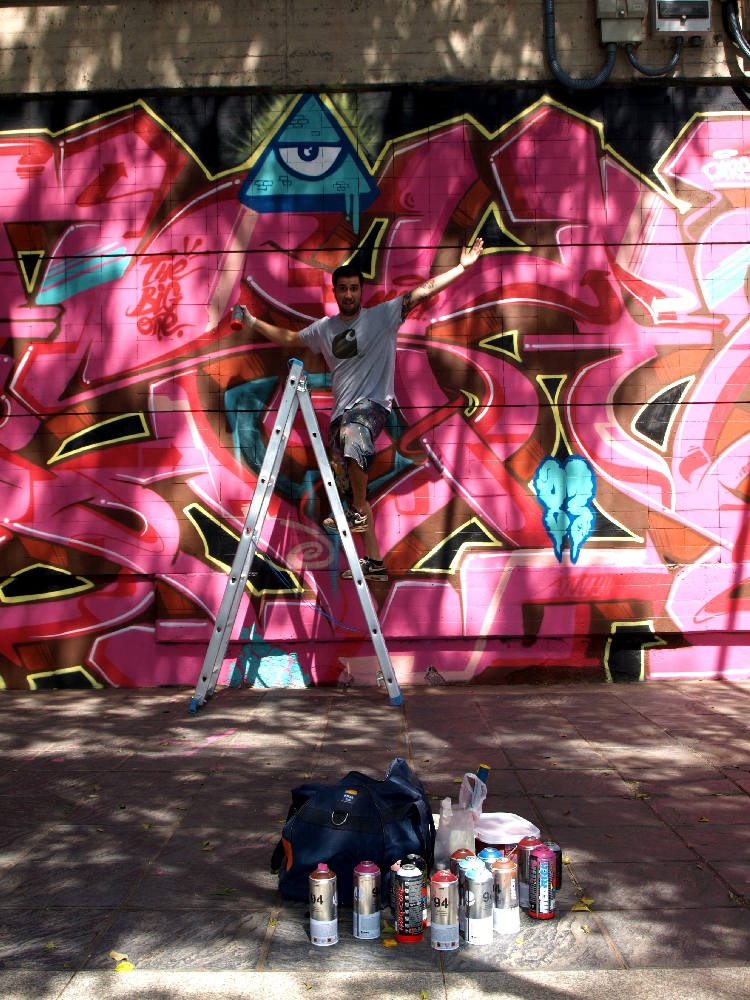
I turn a corner and in the dappled shade of a tree ““ a good choice given that the temperatures are in the upper 20s and the sun is relentless ““ one of the local artists is finishing off a spaghetti junction image of interlocking pink curves and lines topped by what looks like a Masonic eye. I point my camera and the artist covers his face with his hand, lampooning the fact that he doesn’t have to be anonymous here, before going in completely the opposite direction by striking an exaggerated flamboyant pose.
East is one of the regular contributors to this urban art scene. He illustrates his name by spraying it on a nearby lamppost ““ not, I suspect, one of the designated graffiti spots, but hey there’s got to be some anarchy involved. He’s been painting the town red for twelve years. Interestingly, he uses the English spelling for his nom de plume and I notice that a number of the phrases around the walls are in also in English ““ an indication of where inspiration comes from.
I spend a few moments chatting with East before leaving him with his urban artist’s tools – a lightweight aluminium ladder and a collection of spray paint cans – to complete my circuit of the street artists’ block.
The last painting is one of the most interesting. Not because it’s the best, but because it has a website address; apparently even anarchists advertise their work these days.
It turns out to be for Eloy Fernández a street artist who has progressed from graffiti to commercial designer; his distinctive works breathing life onto the interiors and exteriors of many businesses around the island.
It’s a classic example of how the anarchic can quickly become accepted into the mainstream when talent is unmistakeable”¦and when you’ve got a government approved wall on which to display your skills.
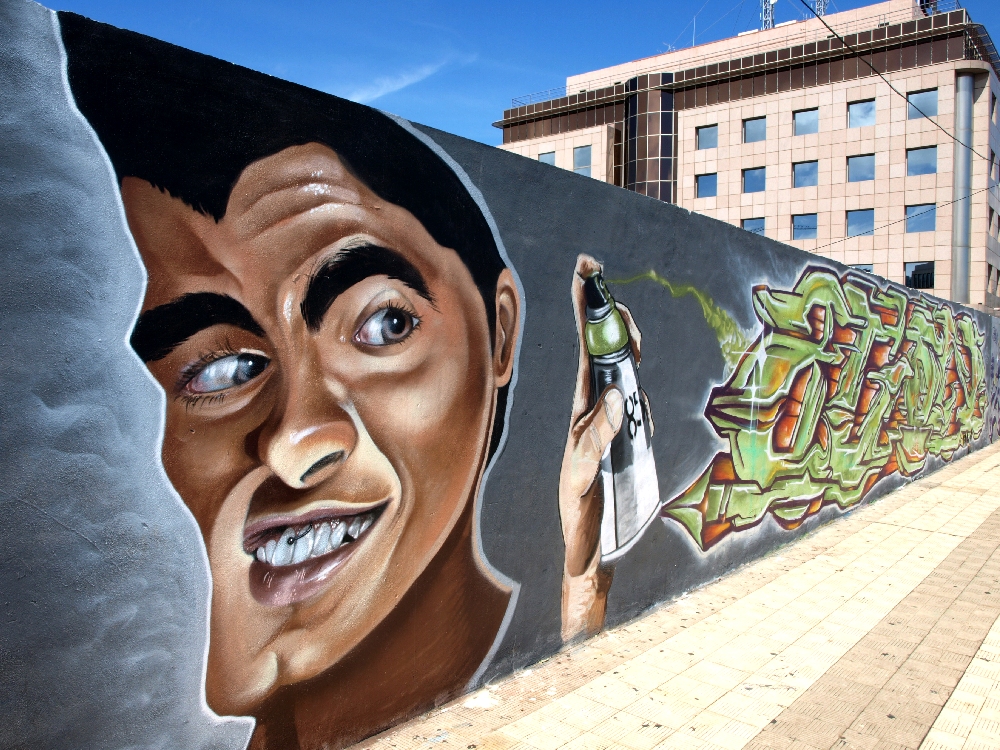
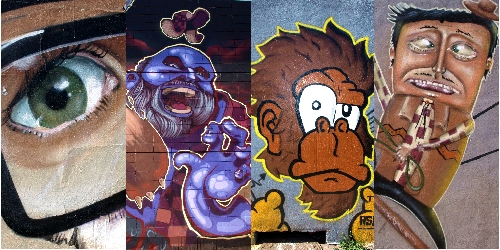
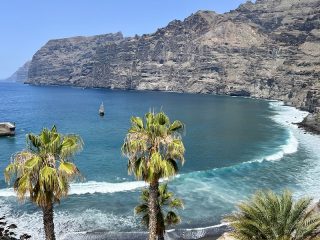
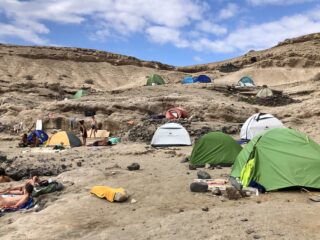
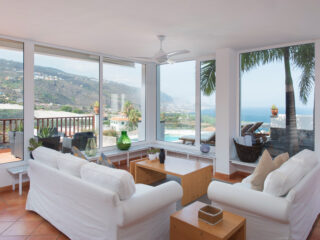
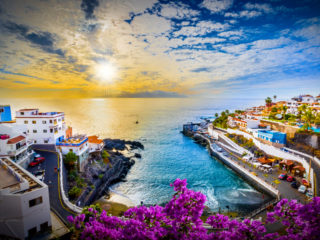
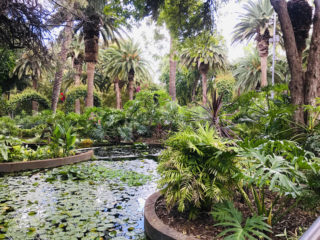
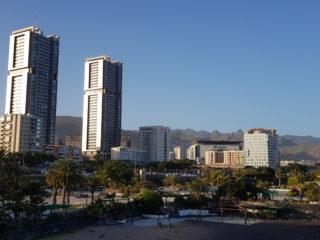
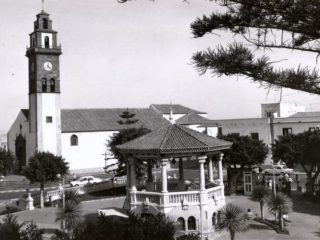
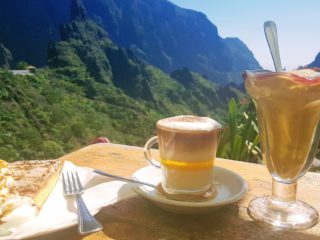
Comments are closed.